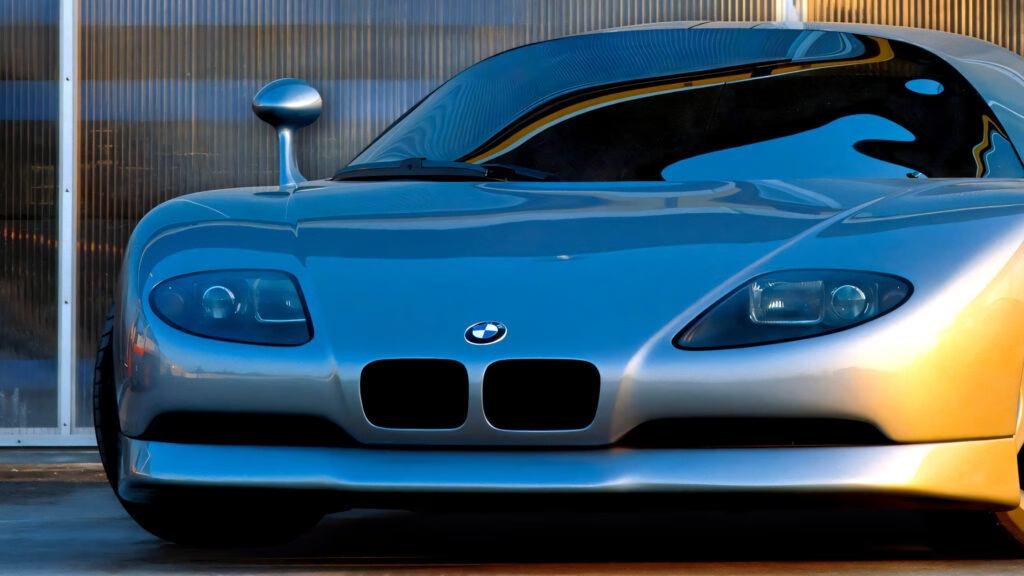The BMW Museum in Munich is about to become a must-visit destination for car enthusiasts and design aficionados alike. With its upcoming exhibition titled “Belle Macchine: Italian Automotive Design at BMW,” the museum is set to showcase a stunning array of Italian-designed models that have left an indelible mark on the Bavarian automaker’s history. If you’re curious about what to expect, let’s dive into the details.
What Can You Expect from the Exhibition?
This exhibition is not just a display of cars; it’s a celebration of the intricate relationship between German engineering and Italian design. Featuring 23 historic vehicles, the exhibition spans several decades—from the 1930s to the 2010s—highlighting how Italian designers have influenced BMW’s aesthetic evolution. You’ll find iconic concept cars and coachbuilt specials that have shaped the brand’s design language over the years.
The lineup includes masterpieces from legendary designers like Giorgetto Giugiaro, Giovanni Michelotti, and Marcello Gandini. These names are synonymous with automotive excellence, and their work has played a crucial role in defining BMW’s visual identity. The exhibition also pays tribute to renowned Italian design studios such as Zagato, Pininfarina, and Bertone, showcasing their unique contributions to BMW’s legacy.
Which Cars Are the Stars of the Show?
Among the standout vehicles is the Gandini-designed BMW Garmisch, a model that significantly influenced the design of the original 3-Series and 5-Series sedans. While the original concept was lost, BMW has painstakingly recreated it, earning the approval of Gandini himself before his passing. This level of dedication to preserving automotive history is both impressive and touching.
Visitors can also look forward to seeing rare classics like the 1959 BMW 3200 Michelotti Vignale prototype, which epitomizes the elegance of mid-century automotive design. Other noteworthy models include the 1966 BMW 3000 V8 sedan, affectionately nicknamed “Glaserati,” and the 1969 BMW 2800 GTS Frua concept, both designed by Pietro Frua. Each of these vehicles tells a story, reflecting the era’s design philosophies and BMW’s innovative spirit.
What About More Recent Designs?
The exhibition doesn’t just stop at the classics. It also features modern concepts influenced by Italian design philosophies. The 1991 BMW Nazca M12 supercar, crafted by Giorgetto Giugiaro’s Italdesign, is a highlight, alongside the 2012 BMW Zagato Roadster and the stunning 2013 BMW Pininfarina Gran Lusso Coupe. These models showcase how BMW continues to draw inspiration from its Italian counterparts, blending tradition with modernity.
And let’s not forget the more recent 2008 M1 Hommage, a tribute to the iconic Giugiaro-designed M1 supercar, and the 2023 Vision Neue Klasse concept. The latter is particularly exciting as it hints at BMW’s upcoming design language, which will be applied to all its production models in the coming years. It’s a perfect example of how the past influences the future, ensuring that the spirit of Italian design remains alive in BMW’s DNA.
Why Is This Exhibition Important?
This exhibition is a testament to the collaborative spirit of the automotive industry, where boundaries blur between different cultures and design philosophies. It reflects how Italian designers have not only contributed to BMW’s aesthetic but have also enriched the global automotive landscape. For anyone passionate about cars, design, or history, this exhibition offers a unique opportunity to explore the intersection of these elements.
So, if you find yourself in Munich, make sure to carve out some time to visit the BMW Museum. Whether you’re a die-hard BMW fan or just someone who appreciates beautiful design, “Belle Macchine” promises to be an unforgettable experience.
The big takeaway? This exhibition isn’t just about showcasing cars; it’s about celebrating the rich tapestry of automotive design and the enduring influence of Italian artistry. If you’re looking for inspiration, you might just find it among these stunning machines.

